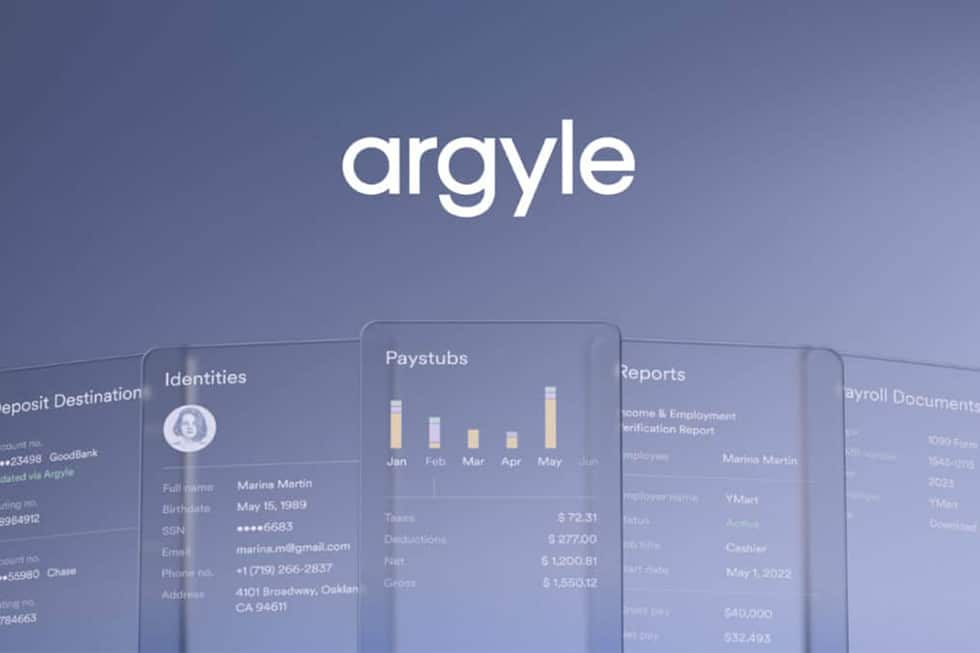Financial literacy is a key component crucial to our overall health and wellness. It greatly attributes to stress, anxiety, and confidence, which in turn affects our emotional, mental, and physical health. Yet, while as important as the other three, studies show American consumers are more financially illiterate than ever.
A recent study by the Financial Industry Regulatory Authority (FINRA) found just over a third of respondents scored four or more questions out of five correct, underscoring the need for financial education and communications. In fact, consumers look to the brands they use every day for a better understanding of their own financial wellness, and through different means, too. Other surveys found that people are looking for reliable, trustworthy financial information through different delivery methods, including digital channels. This provides a valuable opportunity for financial brands to connect with consumers on financial wellness, through a variety of networks.
Digitizing Your Communications
The COVID-19 pandemic changed the way we communicated and accelerated financial digitization past work and towards everyday life. Providing access outside of face-to-face or in-person contact helped people understand their finances by their devices, whether through their desktops, laptops, tablets, or phones.
Through streamlined communications, these individuals could now check their retirement account online, look at day-to-day finances without needing a paper copy, conduct online transfers, and even receive their stimulus checks from the government. “People received their emergency payments from governments,” said Leora Klapper, a lead economist at the World Bank’s Development Research Group, in an article on financial digitization for the Banco Bilbao Vizcaya Argentaria (BBVA). “We are talking about remittances and users who have opened new accounts in order to perform online transfers.”
Taking advantage of the online and digital landscape is essential to providing key services and offerings to consumers. For example, while we know that consumers want one-on-one meetings with a financial adviser or professional, this doesn’t necessarily need to occur in an in-person setting. Offering live Q&As with a financial expert engages consumers while answering all their financial literacy needs.
While many received financial communications that improved their literacy, many are still left without any education, either because of means or lack of access. Offering free online financial wellness courses, and marketing them out on social media, provides new opportunities for those who cannot afford to pay for a financial advisor or expert.
Simplify Your Communications
Along with providing those communications, brands have an obligation to ensure their education is clear and easily understandable to the consumer.
For example, let’s say your brand is offering a new credit line to consumers. Great! But, before you market this new offering out, think about why your consumers would prefer to sign up for this card rather than the others you (or other brands) offer. What does this card offer that those others don’t? And is there a certain consumer you plan to market this offering out to exclusively? Knowing the answers to these will help your brand market this product to the right, targeted consumer.
Additionally, using conversational, concise wording, or “common sense” language, will help your consumers better understand financial terms and help with their literacy.
Don’t Forget About the Future
As a financial brand, considering the future is one of the most integral pieces to you and your consumers’ success. Of course, understanding personal and day-to-day finances is a vital component that spearheads long-term assets, but ensuring consumers are aware of what their future awaits is key to overall financial wellness.
Communicating with consumers about their retirement and Social Security at an early stage is crucial to preparing consumers for long-term success. Whether that’s education on opening a company-sponsored 401(k) or an individual retirement account (IRA), or explaining retirement glossary terms like company match, vesting, or automatic enrollment; ensuring these consumers have an account dedicated for retirement income, and the education to go along, is essential.
Likewise, educate your consumers on the pros and cons of Social Security, and what they can expect from those checks. While Social Security was a major source of retirement income years ago, the benefits paid by Social Security will likely not be enough for the average consumer, especially as the Social Security Board of Trustees projects that its funds will be depleted by 2033. Now, this doesn’t mean that the Social Security Administration will be bankrupt, but more so that only 76% of benefits will be payable.
You see, finances can be confusing! Therefore, explaining news and terms in a simple matter really is key to getting consumers on the same page. In following these key rules, brands are setting themselves—and their consumers—up for success.





